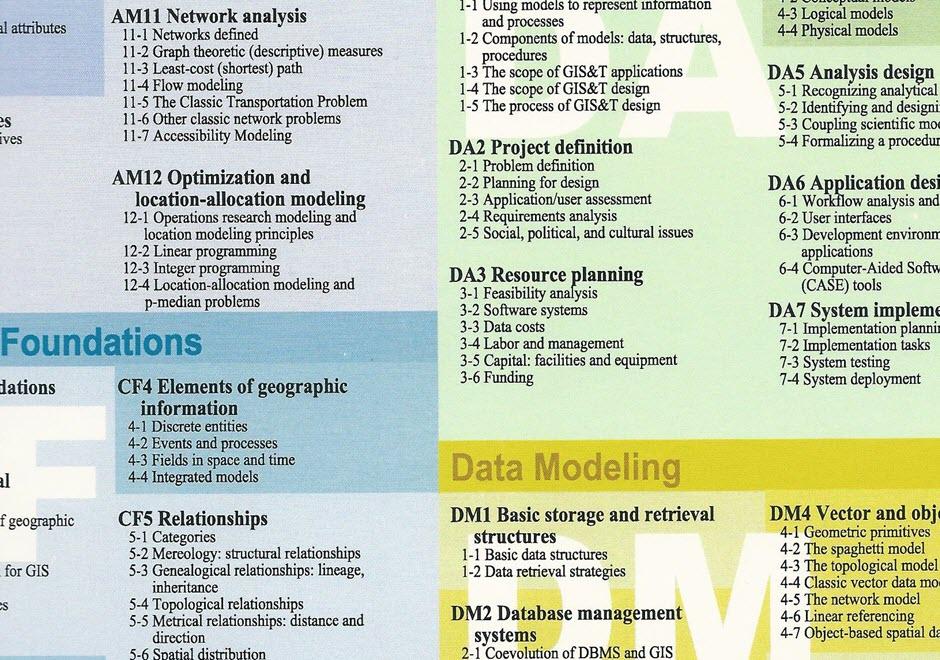CV-19 - Big Data Visualization

- Explain how the concept “digital cartographic models” unifies a number of principles for computer cartography
- Identify areas in cartography and visualization that have, and those that have not, advanced because of computational approaches
- Explain how the rise of interoperability and open standards has affected the production of cartographic representations and visualizations
- Explain how optimization techniques are improving the automated design of maps
- Describe the structure and function of geographic names databases (i.e., gazetteer) for use in mapping
- Differentiate between GIS and graphics software tools for mapping and those for visualization purposes


CV-13 - UX/UI Design Principles